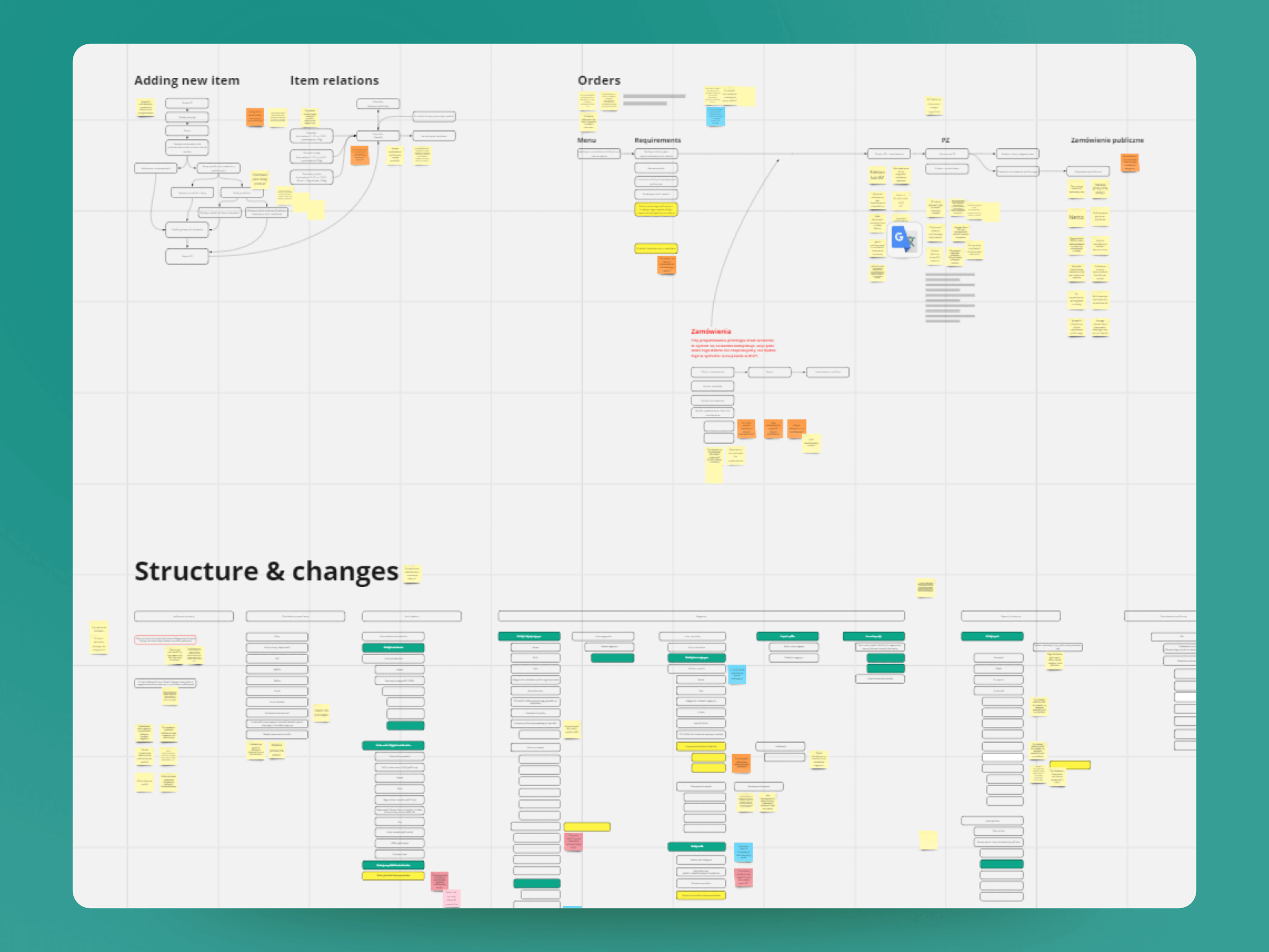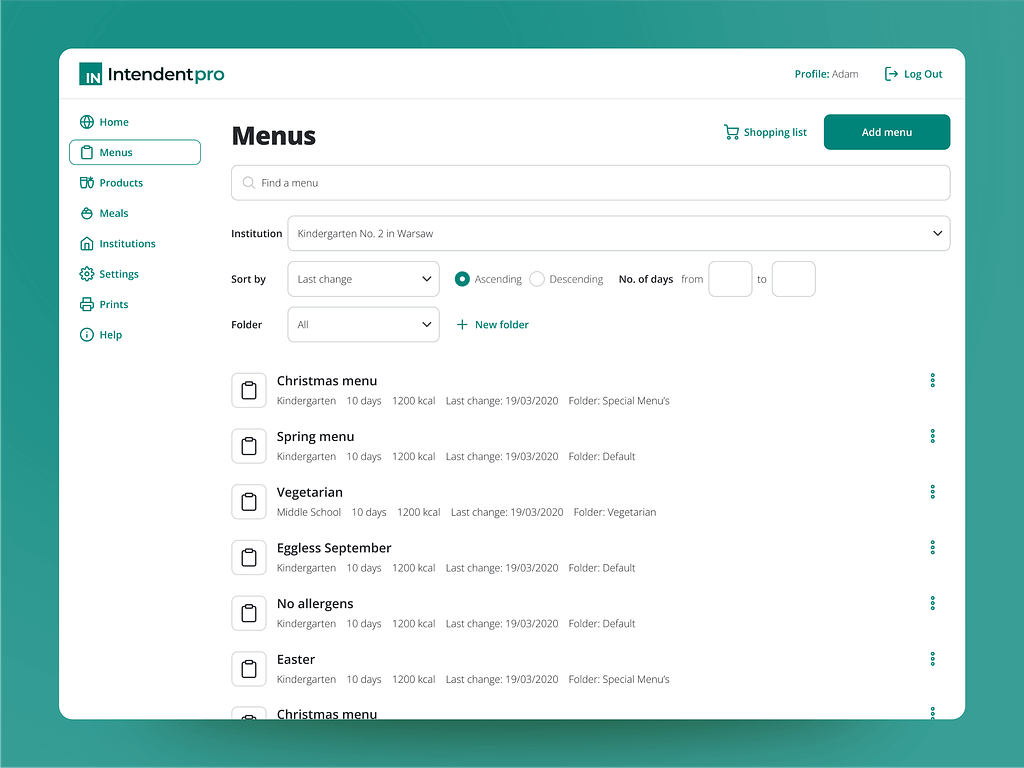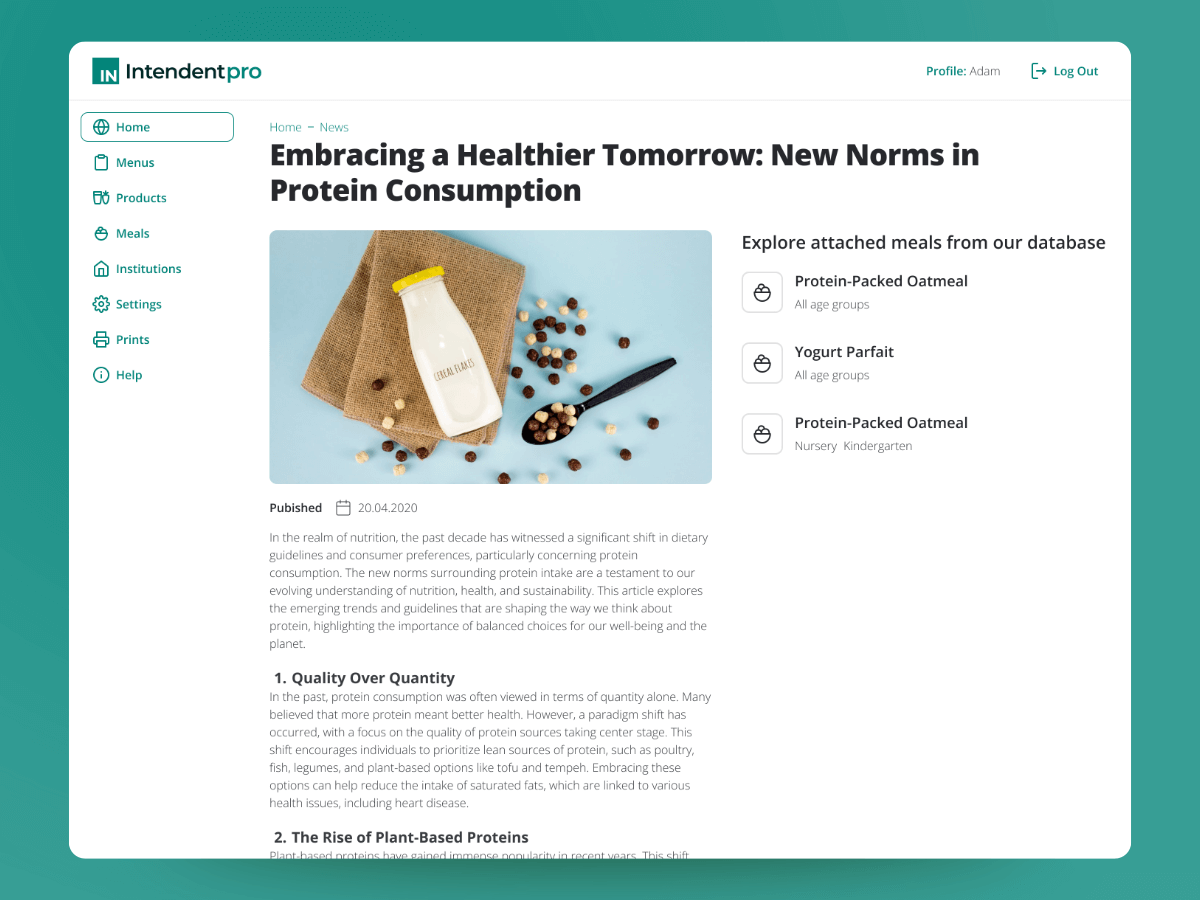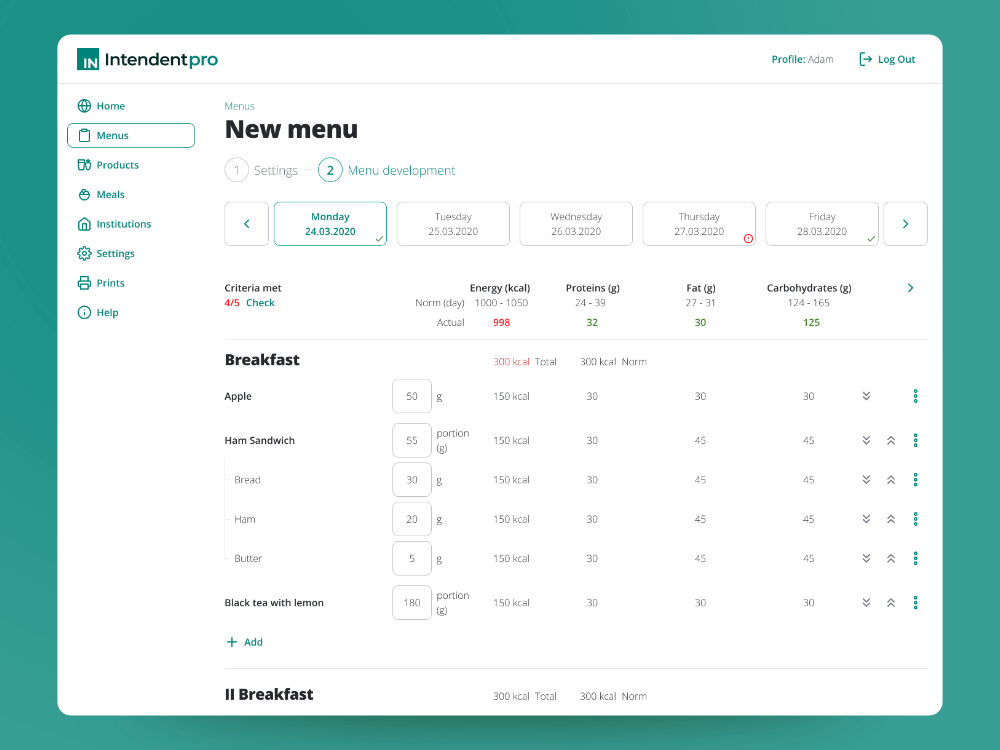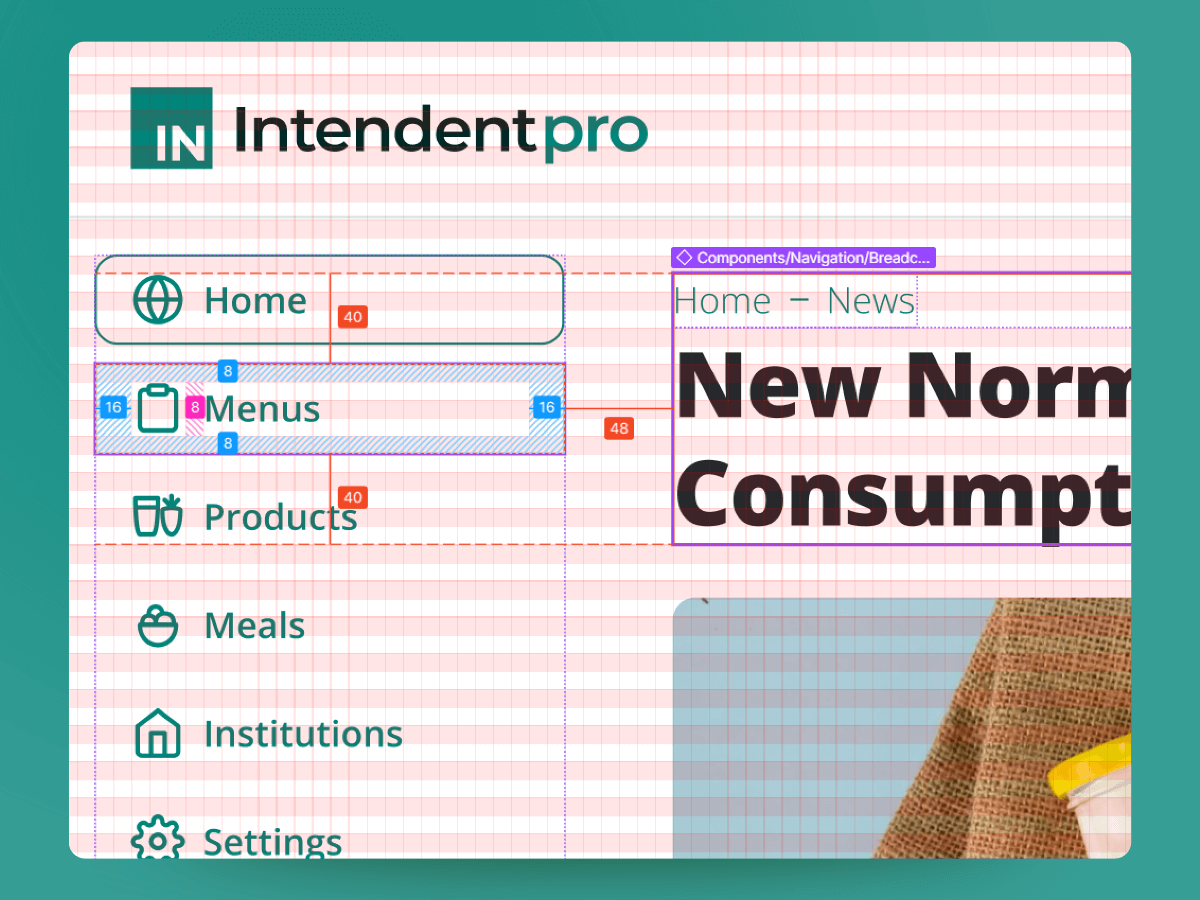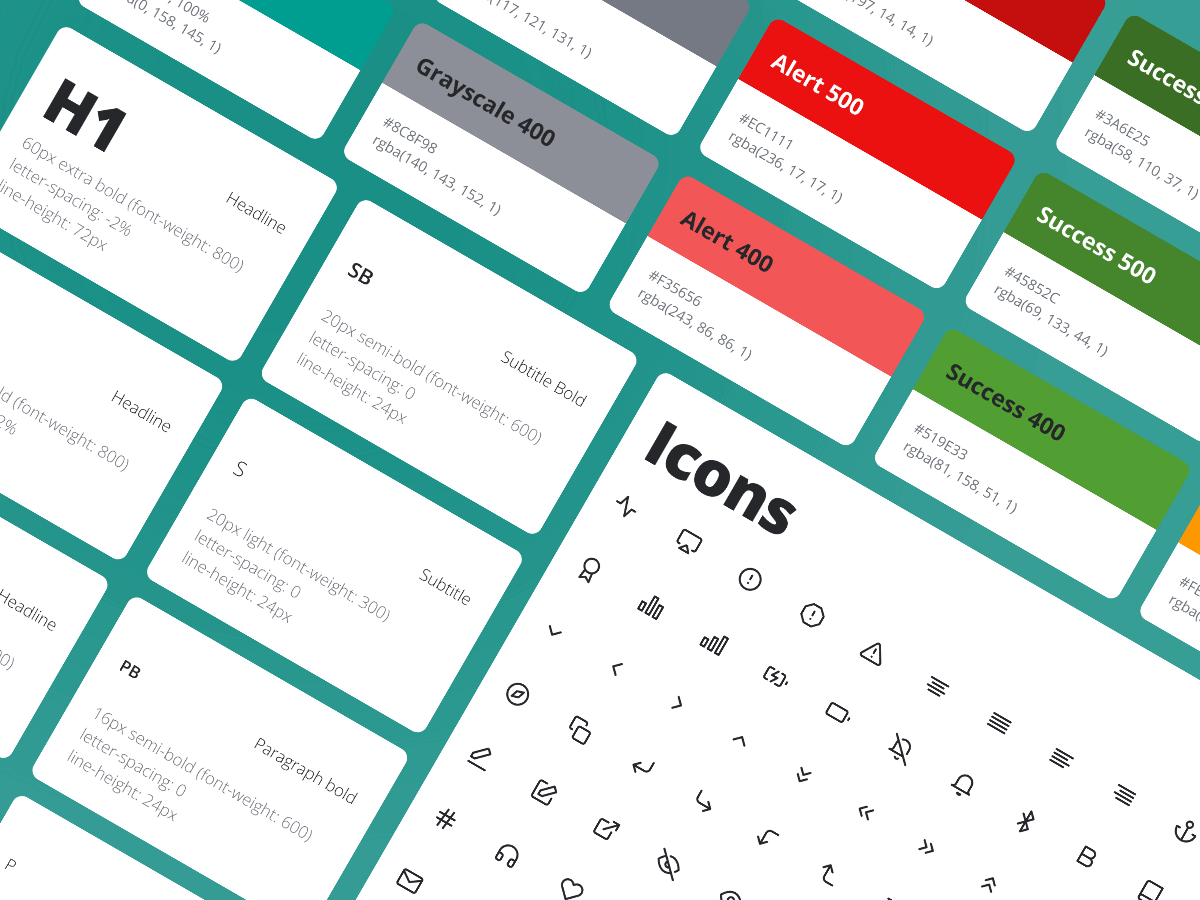Build a product to food service managers' endangered by outsourcing
UX Design, UI design, Prototyping, UX research, Product Design
Context
Design a disruptive product that will help food service mangers to stay competitive on the job market that demands a shift from asset managers into dietitians.
Initially the stakeholder wanted to just employ a graphic designer to create UI's. After going through a whole design thinking process she was terrified how wrong the project would've gone without user centric approach.
